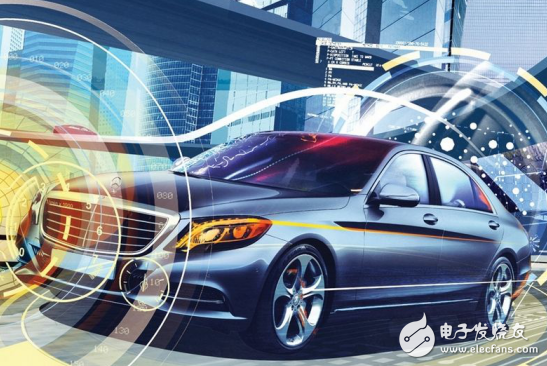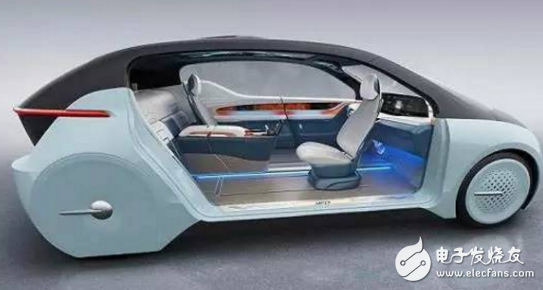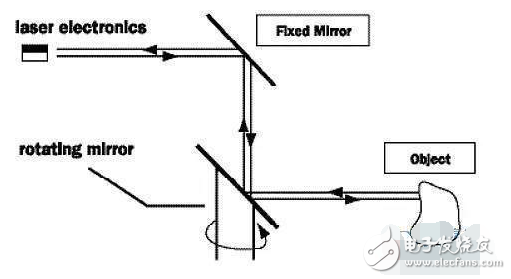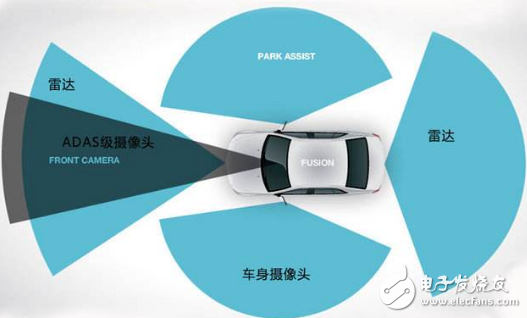A driverless car is a kind of smart car, which can also be called a wheeled mobile robot. It mainly relies on a computer-based smart pilot in the car to realize driverless driving.
A driverless car is a smart car that senses the road environment through an in-vehicle sensing system, automatically plans driving routes, and controls the vehicle to reach a predetermined target.

It uses the on-board sensor to sense the surrounding environment of the vehicle, and controls the steering and speed of the vehicle based on the road, vehicle position and obstacle information obtained by the perception, so that the vehicle can travel safely and reliably on the road.
It integrates many technologies such as automatic control, architecture, artificial intelligence and visual computing. It is a product of high development of computer science, pattern recognition and intelligent control technology. It is also an important indicator to measure the scientific research strength and industrial level of a country. The national economy has broad application prospects.
With the rapid development of automobile technology, the industry's understanding of autonomous driving and driverless driving has gradually become more rational. The focus has been on the development of the concept of automatic cooking and the development of automatic driving related technologies, such as sensor technology. Information processing, intelligent interconnection, human-computer interaction, biometrics, etc. Among them, the on-board laser radar is one of the most important sensors used in autonomous driving. Because it can accurately measure, identify and track the target, it helps to drive the car to avoid obstacles. It is of great significance to ensure the safety of self-driving cars. Attracting more and more companies to pay attention and join.

At present, in the field of automotive laser radar, the old company Velodyne technology is the most mature, and the product variety is the most abundant. In addition, independent brands such as Waymo, Quanergy, and Sagitar Juxing, Superstar Technology, and Radium Intelligent are also actively deploying new technologies and new products to jointly promote the era of miniaturization and low cost.
How does the onboard laser radar work?
The so-called vehicle laser radar is to transmit and receive the laser beam, analyze the return time of the laser after encountering the target object, calculate the relative distance between the target object and the vehicle, and use the three-dimensional coordinates of the densely packed points on the surface of the target object collected in the process. Information such as reflectivity and texture can quickly reconstruct the 3D model of the target and various map data such as lines, faces and bodies, establish a 3D point cloud map, and draw an environmental map to achieve the purpose of environmental awareness. At present, 8-wire, 16-line and 32-line laser radars are more common on the market, and 64-line products are also available, but relatively few. In terms of effect, the more Lidar harnesses, the higher the measurement accuracy and the higher the security.

How does the lidar work?
Laser radar scan generated image
Compared with other automotive inductive recognition technologies, Lidar has extremely high range resolution, angular resolution and velocity resolution, high detection accuracy, wide detection range, strong anti-interference ability, rich information acquisition, and direct access to targets. The distance, angle, reflection intensity, speed and other information, to generate the target multi-dimensional image; can work all day, independent of external lighting conditions or the radiation characteristics of the target itself.

On the other hand, the more Lidar harnesses are, the more expensive they are, which is one of its disadvantages. In addition, the lidar is susceptible to weather and has poor performance in rain, snow and fog conditions, especially in snowy days. When using lidar to sense the surrounding environment or navigation, there is a situation where the camera cannot recognize the lane line and cannot draw an effective environment. In the case of maps, it is difficult to ensure driving safety. This is why many companies that develop autonomous vehicles are not testing the snow and extreme low temperatures during testing.
Interacive Display,Interactive Display Stand,2.3 Inch 16080 Lcd Display,Smart Board Interactive Display
Kindwin Technology (H.K.) Limited , https://www.szktlled.com